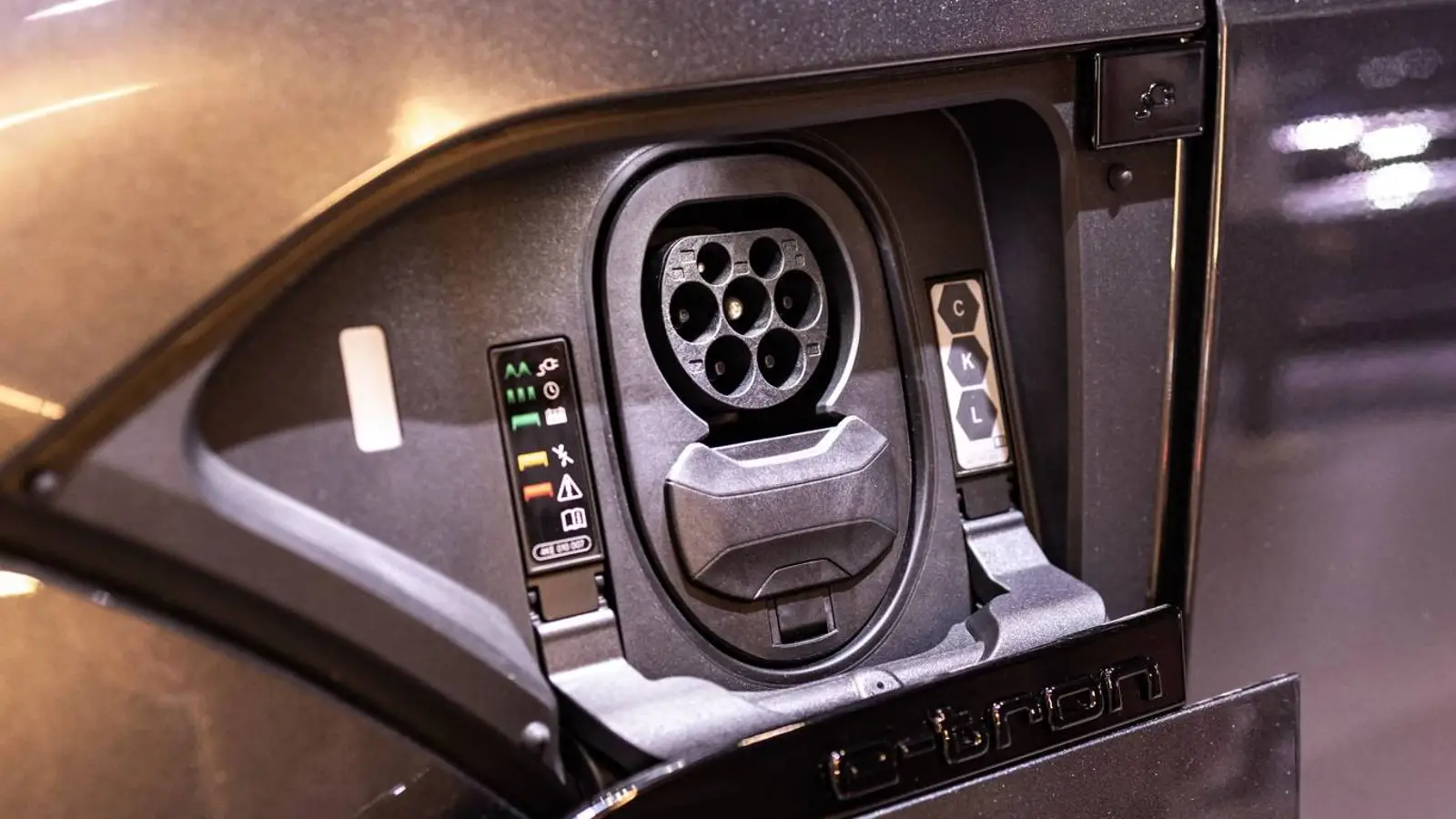CAS polymer slashes interfacial resistance in solid-state lithium batteries
CAS team reports a polymer that cuts interfacial resistance and speeds ion transport in solid-state lithium batteries, boosting energy density by 86% overall.
CAS team reports a polymer that cuts interfacial resistance and speeds ion transport in solid-state lithium batteries, boosting energy density by 86% overall.

© A. Krivonosov
According to Xinhua, researchers at the Institute of Metals under the Chinese Academy of Sciences have reported meaningful progress on solid-state lithium batteries, putting forward a way to overcome two chronic hurdles: high interfacial resistance and low ion-transport efficiency. Their findings were published in Advanced Materials.
Solid-state batteries are often seen as the next step thanks to their high energy density and safety, yet the junction between the electrode and electrolyte has long drained performance. The team turned to a new polymer whose molecules build in both ion-conducting ethoxy groups and electrochemically active short sulfur chains. This design enables molecular-level integration at the interface, accelerates ion movement, and allows switching between transport and storage modes.
A flexible battery based on this material endured 20,000 bending cycles while maintaining stable performance, and when the material was used in a composite cathode, energy density increased by 86%. The researchers note that their approach opens fresh avenues for safe, high-efficiency solid-state batteries with potential in portable electronics and electric vehicles. If these gains hold up in wider testing, the technology could edge closer to practical use, easing pressure on some of the field’s most stubborn bottlenecks.